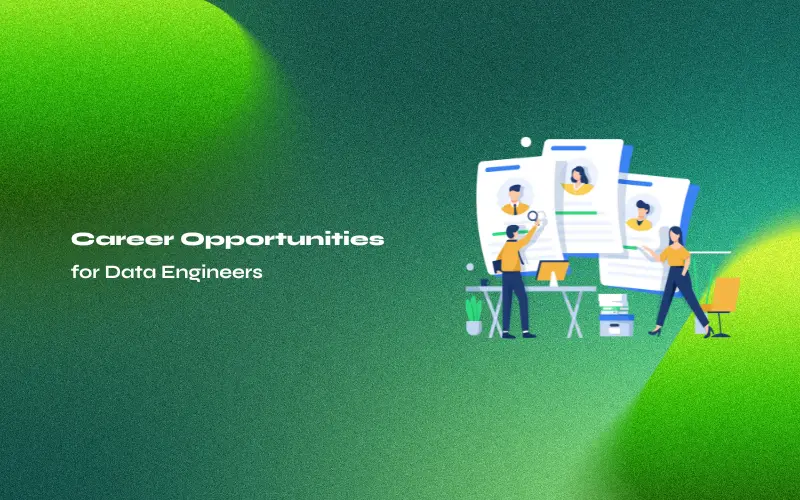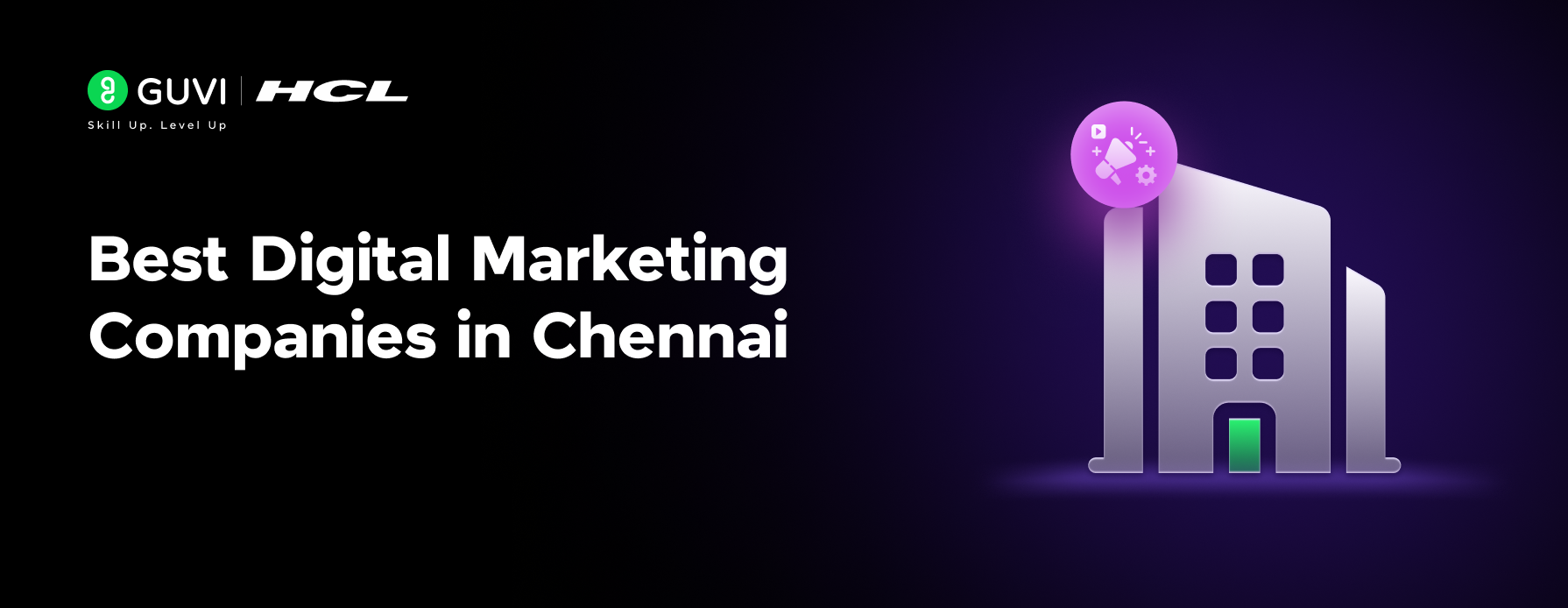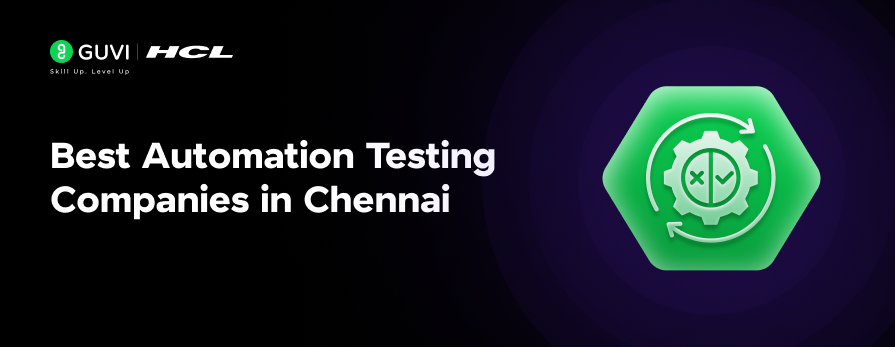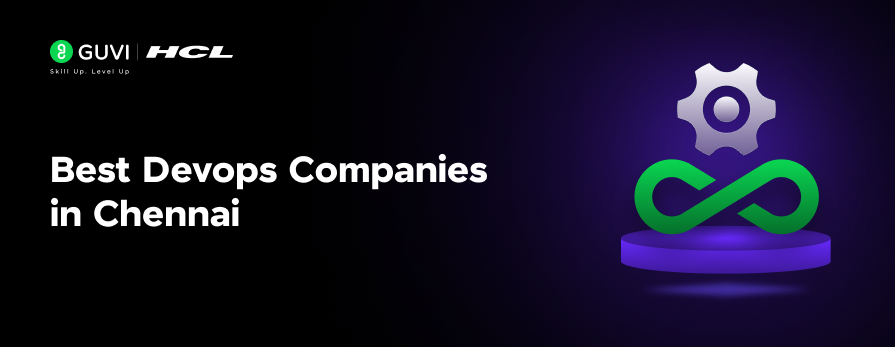
Top Python Developer Roles and Responsibilities : Everything You Should Know
Oct 30, 2024 4 Min Read 713 Views
(Last Updated)
Python was introduced by Guido van Rossum back in 1991, and it started off as a simple scripting language for system utilities. One of the earliest big names to use Python was Google, which relied on it for some of its early algorithms. Today, we’ve got major platforms like Instagram running on Python through the Django framework, showing just how far it’s come – from basic scripts to handling complex, high-traffic platforms.
The demand for Python developers has sharply increased over the years, especially in areas like machine learning and automation. Python’s versatility makes it an essential skill for anyone working in tech, as it bridges everything from backend operations to modern AI systems. As businesses look for ways to streamline processes and handle complex data, Python developers are stepping up to play a crucial role. In this blog, we’ll break down the Python developer roles and responsibilities that are shaping many industries today.
Table of contents
- Python Developer Roles and Responsibilities: Then and Now
- Python Developer Roles and Responsibilities: An Analysis
- Full-Stack Development with Python
- Utilizing Python for Data Science and Machine Learning
- Automation and Scripting for Process Optimization
- Managing System Security and Scalability
- API Development and Integration with Python
- Python’s Unhindered Versatility with New Trends
- Wrapping up
- Frequently Asked Questions
- How long does it take to learn Python for a beginner?
- What are some essential tools every Python developer should know?
- What’s the difference between Python 2 and Python 3?
- How do Python developers manage large codebases?
Python Developer Roles and Responsibilities: Then and Now
Python has always been known for being adaptable and user-friendly, which is why it’s one of the most popular programming languages today. Back in the day, Python developers were mostly focused on backend development tasks – writing simple scripts to support websites or systems, with little focus on complex integrations. Their roles were pretty straightforward.
Now, things have changed. Python developers are at the center of building large-scale platforms, machine learning models, and automating complex systems. Take Reddit, which started using Python for basic backend support. Compare that to Spotify today, where Python powers everything from backend services to data analysis and real-time music recommendations. The Python developer skills required now involve managing high-traffic, data-driven applications and integrating advanced features like automation and recommendations, all while ensuring smooth user experiences.
Python Developer Roles and Responsibilities: An Analysis
A Python developer’s job goes way beyond just writing code. From managing integrations to ensuring smooth system performance, their role is critical in shaping how modern tech operates. Whether they’re working on web apps, data models, or automation systems, Python developers bring a range of skills to the table.
Let’s take a look at the different Python developer roles and responsibilities that make this such a dynamic and in-demand field.
1. Full-Stack Development with Python
In the past, Python developers were mainly focused on server-side logic, working behind the scenes to manage databases and handle backend operations. However, with the rise of frameworks like Django and Flask, their role has expanded to full-stack development. This means they now handle both the back-end and front-end, working on everything from server management to user interfaces.
Today, full-stack Python developers are responsible for building complete web applications, managing databases, APIs, and ensuring everything works smoothly. They’re key players in creating seamless user experiences by integrating both the front and back ends, a role that’s especially common for mid-level and senior Python developers.
2. Utilizing Python for Data Science and Machine Learning
Python is the go-to language for data science and machine learning, thanks to its powerful libraries like Pandas, NumPy, and TensorFlow. These tools make it easy for developers to handle massive datasets, perform complex analyses, and create machine learning models. Python’s simplicity and efficiency have made it a favorite for AI applications.
Today, developers use Python to build predictive analytics, develop intelligent systems, and fine-tune machine learning algorithms. It’s the language of choice for data scientists and machine learning engineers, who rely on it to turn raw data into actionable insights.
3. Automation and Scripting for Process Optimization
Python is a top choice for automation, be it handling simple tasks like file management or optimizing complex workflows in large-scale systems. Automation scripts written in Python help streamline processes, reduce errors, and save time – especially in environments like DevOps and continuous integration.
One of the key Python developer roles and responsibilities is creating these automation solutions to boost efficiency and maintain smooth operations. Python’s flexibility allows engineers to automate repetitive tasks, making it indispensable for DevOps engineers and automation engineers.
Also Read: Top Python Terms For Beginners
4. Managing System Security and Scalability
Python developers play an important role in ensuring that systems are both secure and scalable. This means handling everything from implementing cybersecurity protocols to optimizing performance for high-traffic applications. As systems grow in complexity, so do the challenges related to protecting data and maintaining efficient operations.
Senior Python developers and DevOps practitioners need advanced Python developer skills to effectively manage security and scalability. They are responsible for securing applications and ensuring they can scale as needed, keeping systems running smoothly and safely.
5. API Development and Integration with Python
Python developers are essential in creating and integrating APIs (Application Programming Interfaces) that allow different software components to communicate. Using frameworks like FastAPI and Flask, they build RESTful APIs that enable seamless data exchange between systems, whether it’s for web applications, mobile apps, or backend services.
These APIs are the backbone of modern real-life applications, enhancing functionality and ensuring smooth communication across platforms. Python developers, especially those in API development, full-stack development, and backend engineering, are key to making this happen.
Python’s Unhindered Versatility with New Trends
Python’s flexibility and resourcefulness remains unmatched. It has grown beyond its initial uses and now powers everything from AI and machine learning to cloud development and automation. This adaptability is a big reason why Python remains one of the most popular programming languages, used in so many different fields. Its strong influence in almost every field should be reason enough to make it a part of your current learning journey.
As technology keeps breaking new grounds, the Python developer roadmap will see a shift with trends like AI, cloud development, and automation. Python developers will need to keep up by learning new tools and approaches to stay ahead. With Python leading the charge in these areas, it’s clear that the demand for skilled developers isn’t going anywhere. Looking ahead, Python developer roles and responsibilities will focus more on building AI-driven solutions, automating tasks, and creating apps that can scale easily in the cloud. To stay on top of their game, developers will need to sharpen their Python skills and be ready to tackle whatever comes next in the tech-world.
Wrapping up
To conclude, the demand for Python developers is growing at an incredible pace. According to Statista, Python ranks among one of the top programming languages globally, with its developer community continuing to grow.This growth is largely driven by its flexibility and use across industries like AI, data science, and automation.
If you’re looking to level up your expertise, GUVI offers a comprehensive Python Programming course that will help you hit the right mark. With live, interactive classes and hands-on tools, you can build a solid foundation and take advantage of the growing opportunities in the field. In case you’re looking for self-paced learning, then try GUVI’s Python Course that’ll help you set your foot strong on the fundamentals. Seize the chance and get going with your Python journey with GUVI!
Frequently Asked Questions
How long does it take to learn Python for a beginner?
Learning Python basics usually takes a few weeks to a couple of months for beginners, depending on their background. Mastering advanced topics like data science or machine learning may require several months to a year of practice.
What are some essential tools every Python developer should know?
Key tools include Git for version control, Docker for containerization, Jupyter Notebooks for data analysis, and PyCharm or VS Code as IDEs. These tools enhance productivity and make development workflows more efficient.
What’s the difference between Python 2 and Python 3?
Python 3 introduced significant improvements over Python 2, such as better syntax, Unicode support, and optimized performance. Python 2 is now outdated and no longer maintained, so it’s best to learn Python 3 for any current development.
How do Python developers manage large codebases?
For large projects, Python developers use best practices like modular programming (organizing code into separate modules), testing (with frameworks like PyTest), and version control (using Git) to keep code manageable and prevent issues.
































Did you enjoy this article?